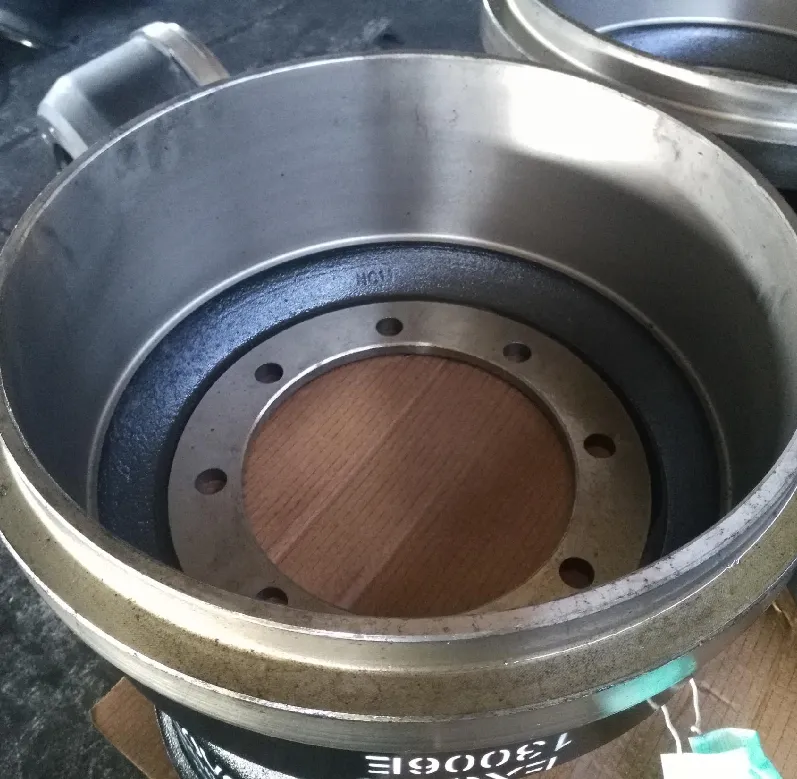
-
 Afrikaans
Afrikaans -
 Albanian
Albanian -
 Amharic
Amharic -
 Arabic
Arabic -
 Armenian
Armenian -
 Azerbaijani
Azerbaijani -
 Basque
Basque -
 Belarusian
Belarusian -
 Bengali
Bengali -
 Bosnian
Bosnian -
 Bulgarian
Bulgarian -
 Catalan
Catalan -
 Cebuano
Cebuano -
 Corsican
Corsican -
 Croatian
Croatian -
 Czech
Czech -
 Danish
Danish -
 Dutch
Dutch -
 English
English -
 Esperanto
Esperanto -
 Estonian
Estonian -
 Finnish
Finnish -
 French
French -
 Frisian
Frisian -
 Galician
Galician -
 Georgian
Georgian -
 German
German -
 Greek
Greek -
 Gujarati
Gujarati -
 Haitian Creole
Haitian Creole -
 hausa
hausa -
 hawaiian
hawaiian -
 Hebrew
Hebrew -
 Hindi
Hindi -
 Miao
Miao -
 Hungarian
Hungarian -
 Icelandic
Icelandic -
 igbo
igbo -
 Indonesian
Indonesian -
 irish
irish -
 Italian
Italian -
 Japanese
Japanese -
 Javanese
Javanese -
 Kannada
Kannada -
 kazakh
kazakh -
 Khmer
Khmer -
 Rwandese
Rwandese -
 Korean
Korean -
 Kurdish
Kurdish -
 Kyrgyz
Kyrgyz -
 Lao
Lao -
 Latin
Latin -
 Latvian
Latvian -
 Lithuanian
Lithuanian -
 Luxembourgish
Luxembourgish -
 Macedonian
Macedonian -
 Malgashi
Malgashi -
 Malay
Malay -
 Malayalam
Malayalam -
 Maltese
Maltese -
 Maori
Maori -
 Marathi
Marathi -
 Mongolian
Mongolian -
 Myanmar
Myanmar -
 Nepali
Nepali -
 Norwegian
Norwegian -
 Norwegian
Norwegian -
 Occitan
Occitan -
 Pashto
Pashto -
 Persian
Persian -
 Polish
Polish -
 Portuguese
Portuguese -
 Punjabi
Punjabi -
 Romanian
Romanian -
 Russian
Russian -
 Samoan
Samoan -
 Scottish Gaelic
Scottish Gaelic -
 Serbian
Serbian -
 Sesotho
Sesotho -
 Shona
Shona -
 Sindhi
Sindhi -
 Sinhala
Sinhala -
 Slovak
Slovak -
 Slovenian
Slovenian -
 Somali
Somali -
 Spanish
Spanish -
 Sundanese
Sundanese -
 Swahili
Swahili -
 Swedish
Swedish -
 Tagalog
Tagalog -
 Tajik
Tajik -
 Tamil
Tamil -
 Tatar
Tatar -
 Telugu
Telugu -
 Thai
Thai -
 Turkish
Turkish -
 Turkmen
Turkmen -
 Ukrainian
Ukrainian -
 Urdu
Urdu -
 Uighur
Uighur -
 Uzbek
Uzbek -
 Vietnamese
Vietnamese -
 Welsh
Welsh -
 Bantu
Bantu -
 Yiddish
Yiddish -
 Yoruba
Yoruba -
 Zulu
Zulu
Feb . 08, 2025 04:40
Back to list
drum brake fade
Drum brake fade is an often underestimated yet crucial factor to consider when evaluating braking systems, particularly in vehicles designed for heavy-duty or long-distance travel. Understanding the causes, effects, and preventative measures surrounding drum brake fade can increase both your expertise in vehicle maintenance and ensure the utmost safety for drivers and passengers alike.
Driving habits also play a vital role. Encouraging drivers to use a lower gear when descending steep grades can assist in controlling speed without over-relying on the brakes, thus maintaining cooler temperatures. Learning to anticipate stops and applying brakes gently rather than in abrupt, high-pressure bursts can also spare unnecessary wear and reduce heat buildup. For fleet operators or those frequently engaged in off-road or high-stress driving, investing in brake monitoring systems can provide real-time data on brake temperature and performance, allowing for immediate adjustments or interventions. This technological integration can be a pivotal tool for mitigating risk and ensuring consistent brake performance. To ensure a comprehensive safety net against drum brake fade, understanding and investing in advancements in brake technology is essential. The automotive industry has seen considerable progress with the introduction of composite materials for brake parts and improvements in brake fluid composition to withstand higher temperatures. Staying informed about industry developments and possibly incorporating updated components can provide significant advantages in managing brake fade. In essence, acknowledging the reality of drum brake fade is intrinsic to maintaining safety and performance in vehicles, especially those subjected to heavy-duty usage. By combining quality materials, diligent maintenance, informed driving behaviors, and technology, one can effectively mitigate the risks associated with brake fade. This balanced approach ensures not only the longevity of the braking system but, more importantly, the safety of all road users. With a proactive strategy, drivers and vehicle operators can confidently rely on their brake system’s performance in every situation, securing peace of mind and elevating the overall driving experience.


Driving habits also play a vital role. Encouraging drivers to use a lower gear when descending steep grades can assist in controlling speed without over-relying on the brakes, thus maintaining cooler temperatures. Learning to anticipate stops and applying brakes gently rather than in abrupt, high-pressure bursts can also spare unnecessary wear and reduce heat buildup. For fleet operators or those frequently engaged in off-road or high-stress driving, investing in brake monitoring systems can provide real-time data on brake temperature and performance, allowing for immediate adjustments or interventions. This technological integration can be a pivotal tool for mitigating risk and ensuring consistent brake performance. To ensure a comprehensive safety net against drum brake fade, understanding and investing in advancements in brake technology is essential. The automotive industry has seen considerable progress with the introduction of composite materials for brake parts and improvements in brake fluid composition to withstand higher temperatures. Staying informed about industry developments and possibly incorporating updated components can provide significant advantages in managing brake fade. In essence, acknowledging the reality of drum brake fade is intrinsic to maintaining safety and performance in vehicles, especially those subjected to heavy-duty usage. By combining quality materials, diligent maintenance, informed driving behaviors, and technology, one can effectively mitigate the risks associated with brake fade. This balanced approach ensures not only the longevity of the braking system but, more importantly, the safety of all road users. With a proactive strategy, drivers and vehicle operators can confidently rely on their brake system’s performance in every situation, securing peace of mind and elevating the overall driving experience.
Prev:
Next:
Latest news
-
What Are Drum BrakesNewsJul.07,2025
-
Understanding Brake Drum MaterialNewsJul.07,2025
-
Semi-Trailer Brake Drum: A Key Component for Extreme Loads and Long-Distance TransportNewsJul.07,2025
-
Drum Brake Pads for SaleNewsJul.07,2025
-
Brake Drums for SaleNewsJul.07,2025
-
Brake Drum ManufacturerNewsJul.07,2025
-
Aluminum Brake Drums: The Future of High-Performance CarsNewsJul.07,2025
